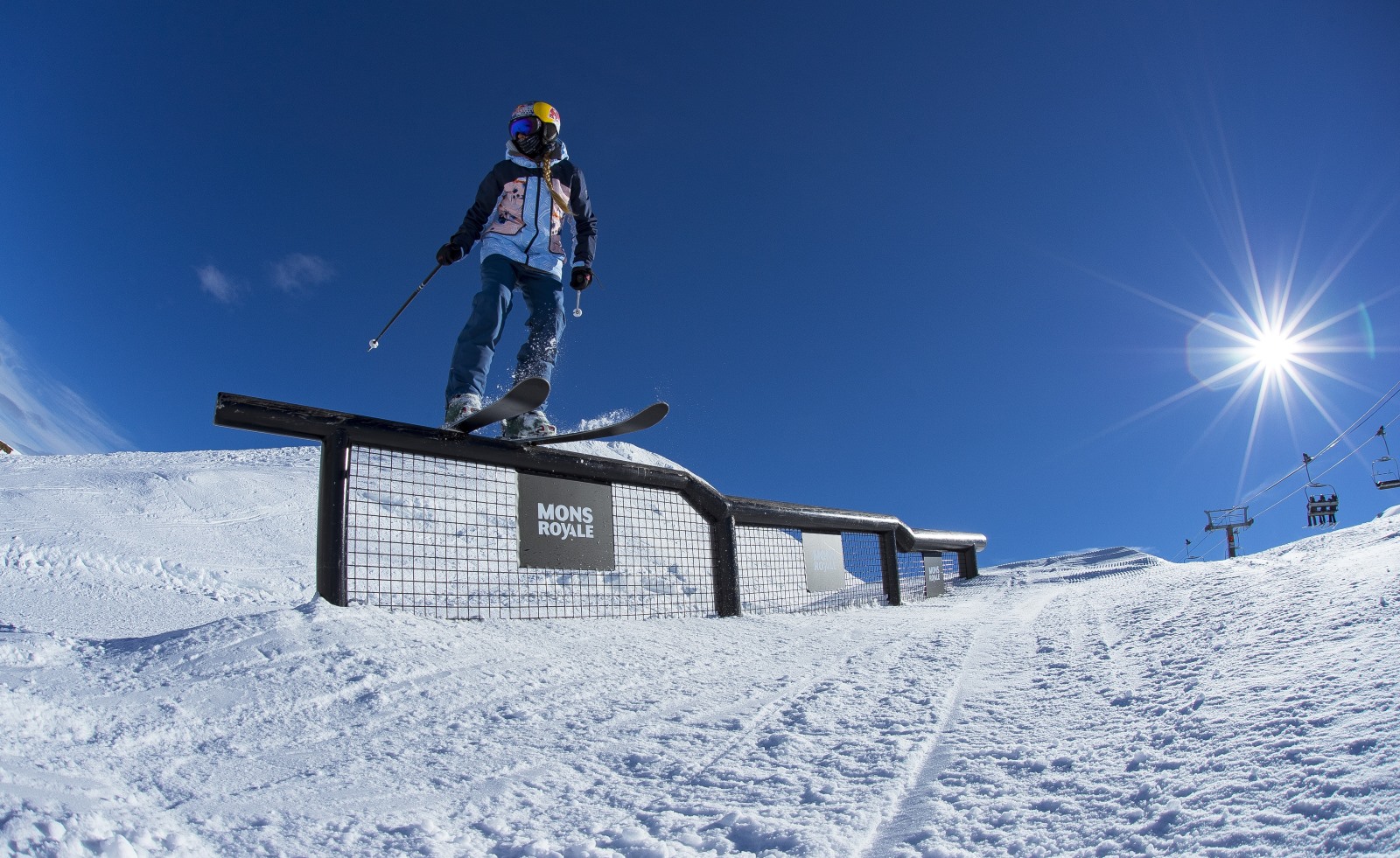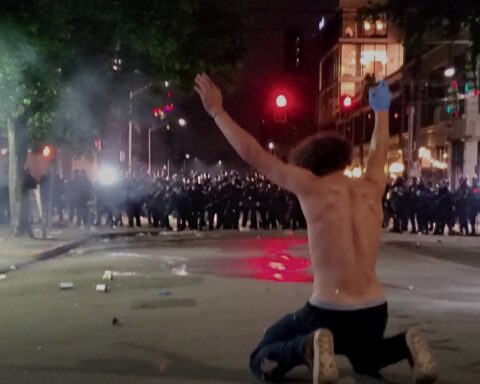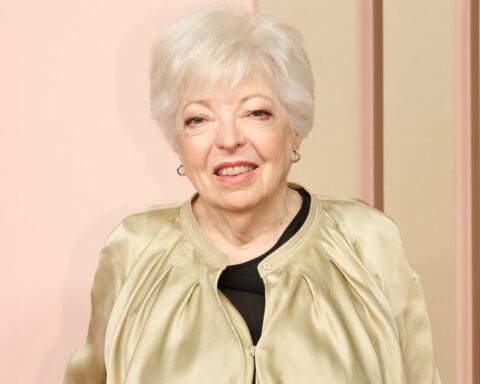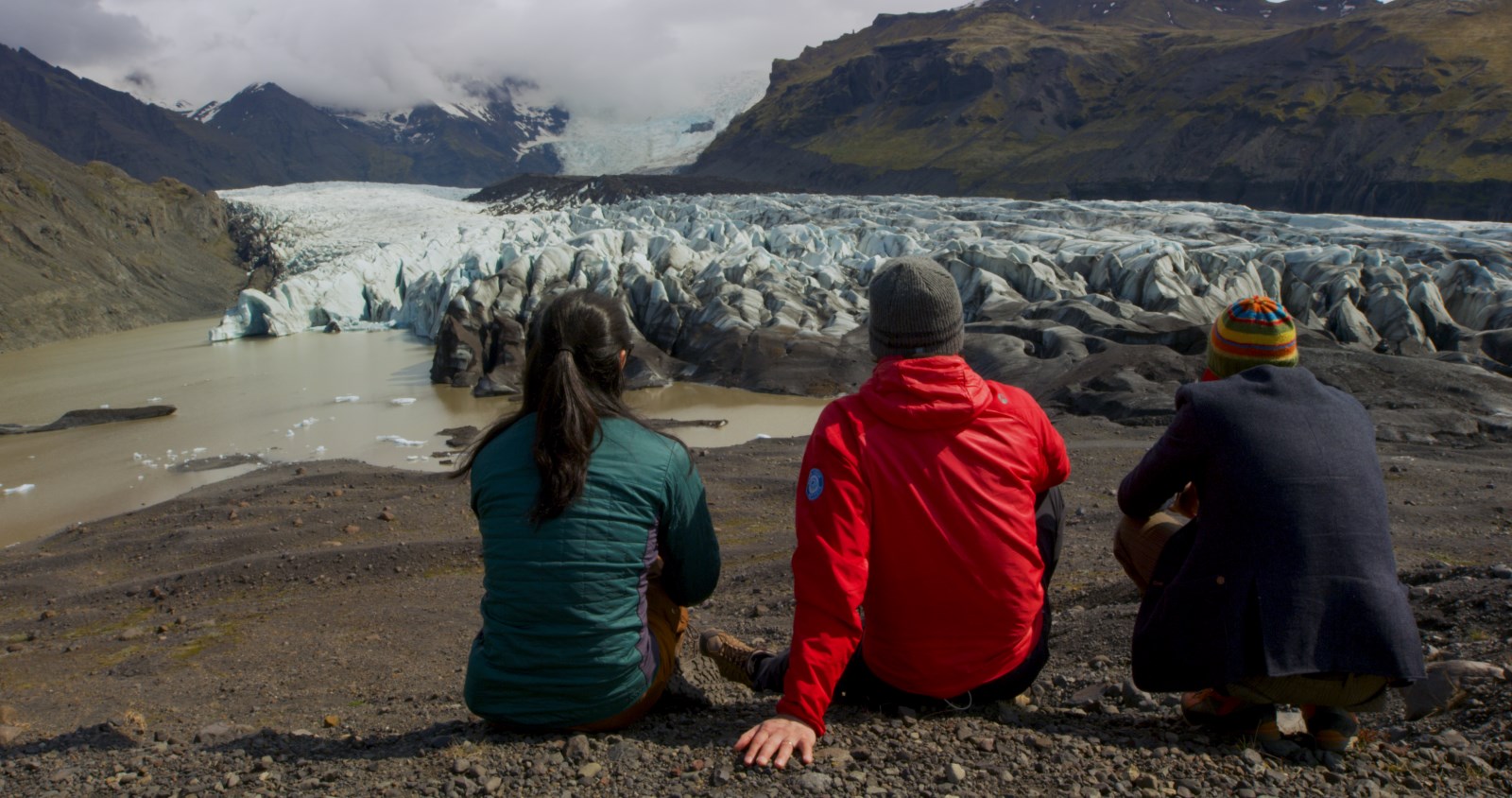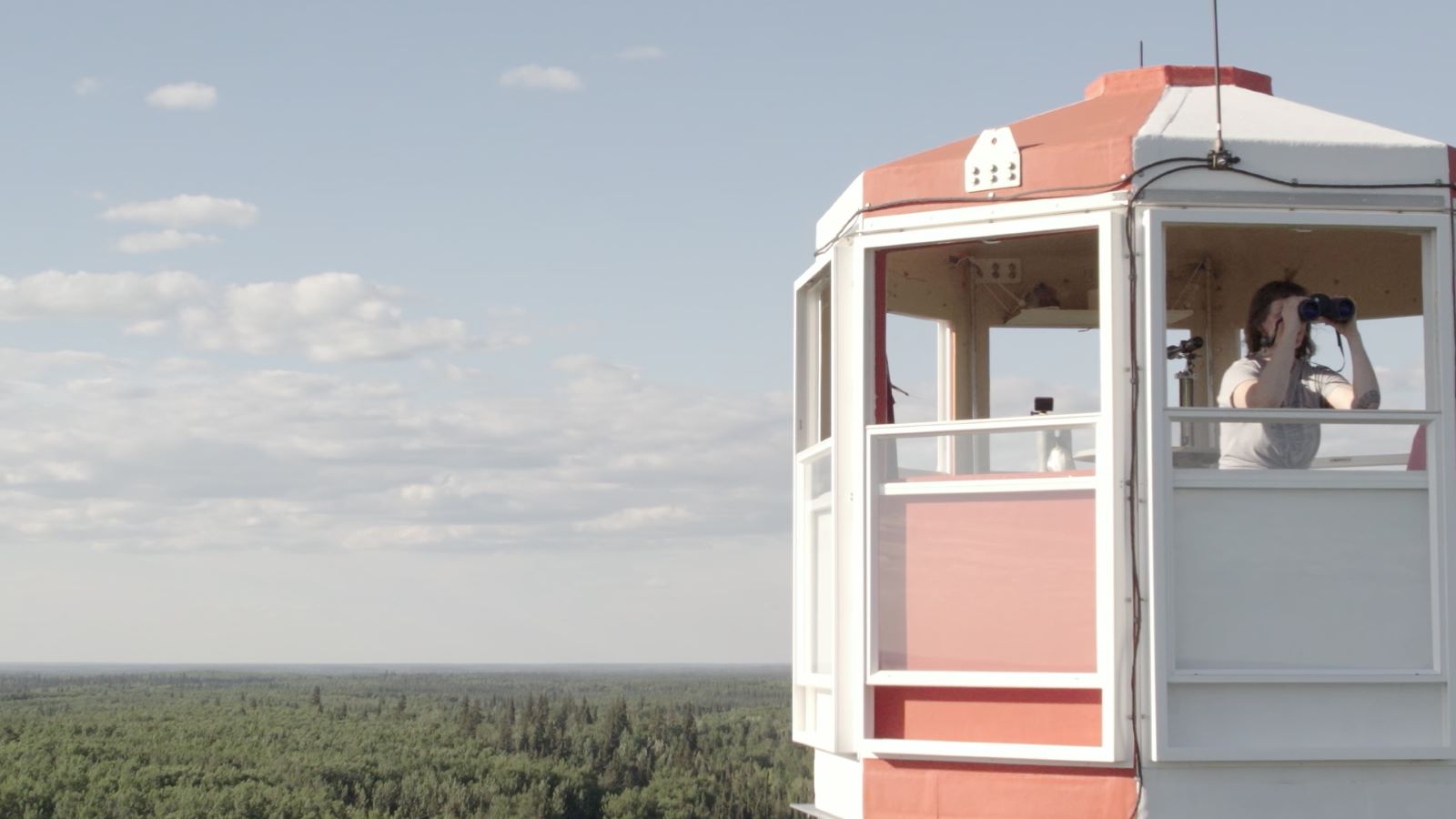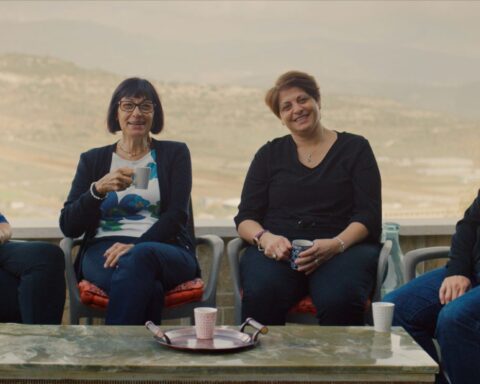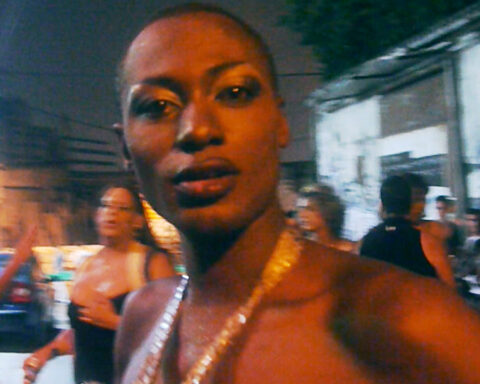Kelly – Someone Else’s Dream
(Estonia/France, 90 min.)
Dir. Helen Lõhmus, Leana Jalukse
Programme: The Changing Face of Europe (World Premiere)
Freestyle skier Kelly Sildaru had seemingly conquered the world by age 13. Before she could legally drive a car or have employment in most countries, she was zipping down the slopes and blasting away competitors several years her senior. Her success and her story became a rallying point for Estonians who saw the young athlete as a newfound princess. This Olympic hopeful engaged her audience with fresh tools and brought a new generation into the fold.
This tough but ultimately courageous film by Helen Lõhmus and Leana Jalukse shows how Sildaru became something like the Justin Bieber of Estonian freestyle skiing. Her video diaries appear throughout the film and demonstrate a self-made athlete. Her dedication will wow audiences as the young teen learns that she can train for skiing year-round by making a small layer of ice and snow to cover a strip of grass or a guard rail on which to train some slick jumps.
Interviews with friends, family members, and other star skiers tell how Siladru was often the first to hit the slopes and the last to leave. They express concern that a teenager of Sildaru’s diminutive size faced serious safety risks, though, by repeatedly confronting jumps that simply weren’t built for teenagers. The feats she attempts require an adult’s height and weight.
The documentary offers Kelly’s astonishing prowess on the run, whizzing down the mountains and landing extraordinarily high and daring jumps.
After some perfect landings, however, the film cuts to a series of nasty tumbles. Kelly’s dogged training regime leaves her tired, and there are falls, wipe-outs, overshoots, and even a high-speed collision with a snowboarder. Something’s not right.
Kelly – Someone Else’s Dream explores the dark side of professional youth sports. The film looks like an ordinary Red Bull-fuelled sports doc on the surface. And, in fact, elements of the film could be exactly that thanks to footage shot by a French team during the first act of Sildaru’s career. However, the ominously titled film explores the story that lies beneath the images of a strong-willed young girl committed to her sport.
The film reconsiders what everyone was missing while they were enamoured by the young star. Lõhmus and Jalukse eventually introduce Kelly’s father, Tōnis, who describes himself as her coach, driver, chef, etc. There are, briefly, images of a father whose dedication matches his daughter’s commitment. He’s everywhere she goes and he quit his job to help her live her dream. Eventually, though, the filmmakers get the full story as Kelly comes forward with allegations of abuse and emotional and financial exploitation.
Kelly – Someone Else’s Dream evolves into a deeper study of the responsibility people have to minors in their care. Lõhmus and Jalukse open up the interviews to consider the work hours one can reasonably expect a teen to endure, particularly when one’s job entails so many hours of training and social media branding. These hidden work hours make Kelly the breadwinner of her family at the expense of her freedom and well-being.
Moreover, the film asks what it means for a parent to vicariously live his dreams through his child. The documentary offers haunting animated sequences, done in the signature macabre style for which the Estonians are well known, that illustrate the dark side of this parent child relationship. Paper cut-outs offer images of Kelly’s psychological state with her father chasing her into a void. The sense of helplessness echoes in the shots of the young child on the slopes when one finally thinks to look for it.
As Kelly grows up, she uses her power and stardom to give voice to issues of mental and emotional abuse. Lõhmus and Jalukse situate her bravery within a culture of silence where issues of mental wellness and abuse remain taboo. Many (perhaps too many) talking heads echo Kelly’s story and speak to the challenges of offering child welfare in cases of invisible abuse and neglect. At times, the roster of experts overwhelms the human story. This particularly happens at the film’s conclusion. A series of false starts gives every talking head a final speaking point and repeats conclusions and action points that could presumably be synthesized into a persuasive whole.
However, the film has some groundwork to cover to give voice to these concerns that percolate in its first acts, so the effective dramatic twist makes for a fair trade-off. Kelly’s voice ultimately resonates strongest and her courage should inspire even more young people.




